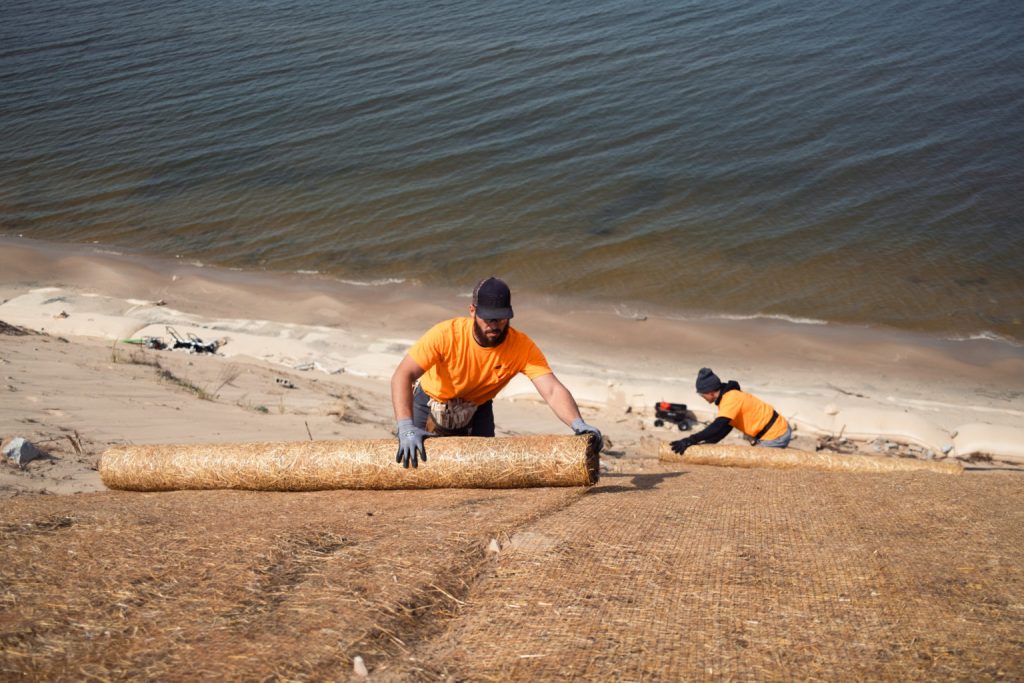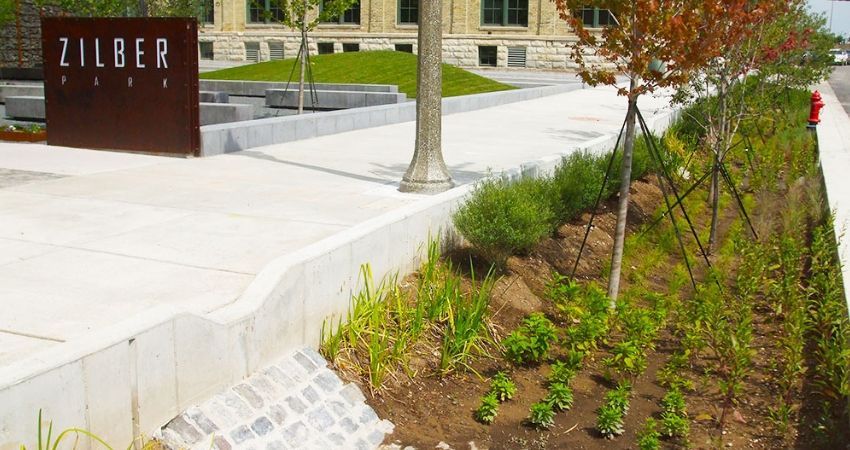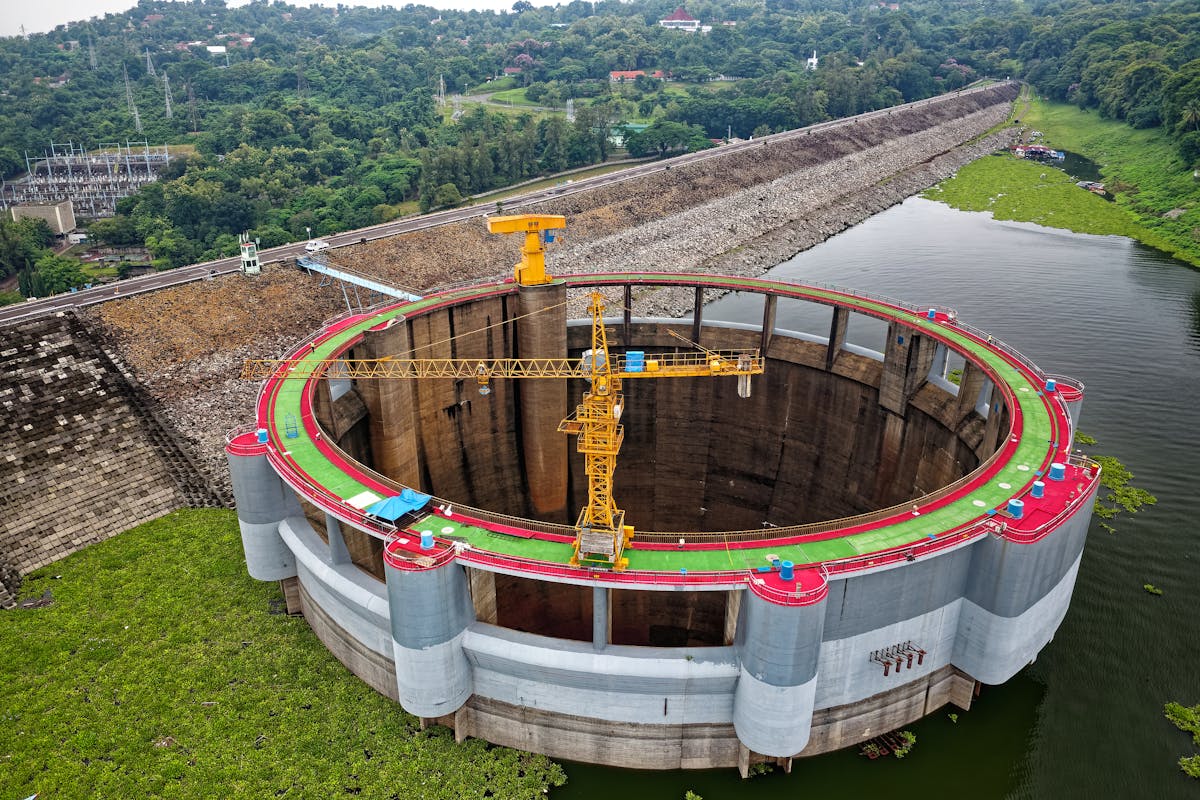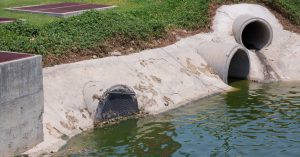Managing water risks is a critical aspect of ensuring the success of construction projects. Especially as water-related challenges can arise at any stage of a project, whether during planning, execution, or post-construction.
From flooding and erosion to water contamination and dewatering, these risks can delay timelines, escalate costs, and even compromise the structural integrity of the project. To address these challenges effectively, it is essential to implement strategic and proactive measures.
This article outlines best practices for managing water risks in construction projects to safeguard investments and uphold safety standards.
1. Conduct Comprehensive Site Assessments
Before breaking ground, conduct a detailed site assessment to identify potential water-related risks. This includes evaluating the topography, soil type, drainage patterns, and proximity to water bodies. Utilizing advanced tools such as Geographic Information Systems (GIS) and hydrological modeling can help in understanding the site’s characteristics. By analyzing historical data and seasonal weather patterns, project managers can anticipate water-related challenges and incorporate mitigation measures into the design.
2. Implement Robust Drainage Systems
Effective drainage systems are vital for managing surface and groundwater on construction sites. Improper drainage can lead to water ponding or pooling, soil erosion, and weakened foundations. To mitigate these risks:
- Design drainage systems that align with local regulations and environmental conditions.
- Use permeable materials where possible to minimize runoff.
- Regularly inspect and maintain drainage systems throughout the project lifecycle.
Proper drainage design and maintenance play a pivotal role in safeguarding the long-term stability and functionality of construction sites. A well-planned system not only prevents immediate water-related challenges but also contributes to sustainable water management in the surrounding area.
3. Utilize Erosion and Sediment Control Measures

Erosion and sedimentation not only degrade the environment but also jeopardize the stability of construction sites. Implementing measures such as silt fences, sediment basins, and erosion control blankets can minimize the impact. Additionally, planting vegetation or using biodegradable mats can help stabilize soil in areas prone to erosion.
4. Plan for Effective Dewatering
Dewatering is a common practice in construction projects to manage excess groundwater. However, improper dewatering can lead to soil instability and nearby water contamination. Best practices include:
- Using appropriate dewatering techniques, such as wellpoints, sump pumps, or deep wells, based on site conditions.
- Discharging water in compliance with environmental regulations.
- Monitoring groundwater levels to avoid over-extraction.
Dewatering ensures that construction activities can proceed without interruptions while protecting surrounding ecosystems and maintaining site integrity. .
5. Monitor and Maintain Water Management Systems
Water management is not a one-time effort. Continuous monitoring and maintenance of water management systems are essential to address evolving site conditions. Use real-time monitoring tools to track water levels, flow rates, and system performance. Promptly address issues such as clogged drains or damaged barriers to prevent escalation.
6. Engage Stakeholders and Experts
Collaborating with stakeholders and experts is crucial for comprehensive water risk management. Involve geotechnical engineers, hydrologists, and environmental consultants early in the planning phase to develop effective strategies. Regular communication with local authorities and communities ensures compliance with regulations and addresses potential concerns.
7. Incorporate Climate Resilience Strategies In Designs

With climate change increasing the frequency and intensity of extreme weather events, construction projects must be designed to withstand these challenges. Consider incorporating:
- Flood-resistant designs for structures in flood-prone areas.
- Green infrastructure, such as rain gardens and bioswales, to manage stormwater naturally.
- Adaptive construction schedules to account for weather disruptions.
Integrating climate resilience into project planning demonstrates a commitment to forward-thinking construction practices, mitigates risks, and enhances the durability and adaptability of structures in the face of evolving environmental conditions.
8. Non-Destructive Testing

Non-destructive testing (NDT), like the ultrasonic pulse velocity (UPV) test, is a smart way to check the health of concrete structures without causing any harm to them. This test sends sound waves through the material and measures how fast they travel. If the waves move slower than expected, it could mean there are cracks, voids, or weak spots that need attention. By using UPV testing, you can spot potential issues early and ensure that structures like foundations and retaining walls are strong enough to handle water exposure over time.
9. Adhere to Environmental and Regulatory Compliance
Non-compliance with environmental regulations can result in legal penalties, project delays, and reputational damage. Familiarizing yourself with local, state, and federal regulations concerning water management in construction projects, and documenting all water management activities fosters transparency with the regulatory authorities.
Managing water risks in construction projects requires a combination of strategic planning, technology, and collaborative efforts. By following the best practices outlined above, you can reduce water-related challenges, fortify and protect your construction projects.
When it comes to geotechnical expertise, partnering with a reliable engineering firm is invaluable. AOA Geo-Net specializes in providing tailored solutions for managing water risks, from site assessments to advanced drainage designs.
Contact us today for a proper evaluation of your construction project.


